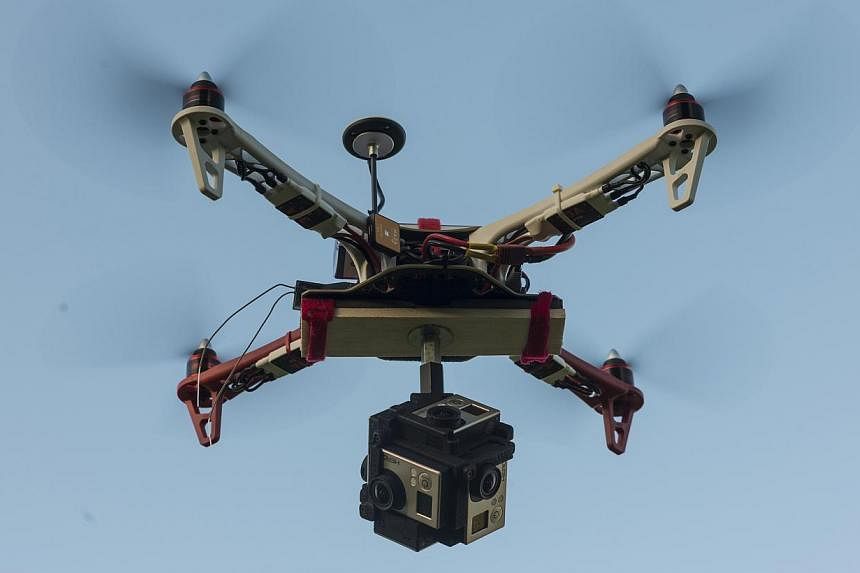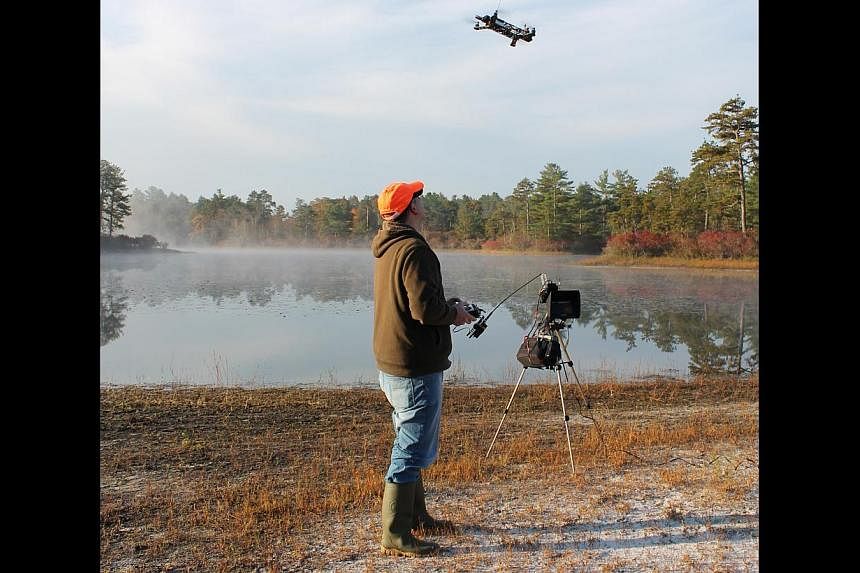One day last year in the British countryside, well-dressed men riding expensive horses were engaging in a familiar sport when they heard a strange buzzing noise.

It came from a quadcopter, an unmanned aerial vehicle (UAV) roughly the size of a small fox with helicopter-like rotors and a video camera.
From some distance away, the pilot manoeuvred the remote-controlled vehicle close enough to the scene to film the hunters' faces. Fox hunting has been illegal in the United Kingdom for a decade, and the League Against Cruel Sports would use the footage to identify the offenders.
A Dutch foundation, ShadowView, provided the technology and skills that made it possible to flush out the clandestine hunters.
"Essentially we provide a service of aerial imagery," said ShadowView co-founder Laurens de Groot, a long-time nature conservationist, at the foundation's small headquarters in Rotterdam.
Billing itself as operators of "good drones", ShadowView flies only environmental, conservationist and humanitarian relief operations.
Working with partner organisations such as park rangers, police, or other non-governmental organisations, the foundation has flown missions to document and deter poaching in South Africa, illegal bow hunting in the United States, baby seal killings in Namibia, illegal fishing in Italy, and horse smuggling (as well as fox hunting) in the UK.
As UAVs, popularly known as drones, have become cheaper, easier to operate, and more commonplace, their roles are evolving, too. Long a tool of military and intelligence agencies, drones now perform tasks as mundane as wedding photography.
At the same time, environmental and nature conservation outfits are taking advantage of the quality aerial surveillance they provide. An eye in the sky can monitor a great deal more land than park rangers on foot.
After nine years designing, building and flying drones for a military contractor, Mr Lucian Banitz wanted to put his skills to better use. "I didn't want to be part of inventing better ways to kill people anymore," he said from his home in South Africa.
He joined ShadowView in 2012 and has participated in efforts to eradicate rhinoceros poaching.
The illegal hunting of large animals is on the rise. According to South African government figures, in the first six months of last year, poachers killed 461 rhinos in that country. That number rose to 558 for the same period this year. Earning millions for the dealers who buy and sell the horns, poachers are often well organised and heavily armed.
This spring, Mr Banitz flew the foundation's largest fixed-wing drone, the Eco Ranger, over a private conservation park in the Greater Kruger National Park.
With a wingspan longer than 3m, the Eco Ranger looks more like a regular airplane than one piloted from the ground, and can remain airborne for up to two hours using an electric motor.
On one particular occasion, the drone piloted by Mr Banitz located poachers and he provided the coordinates to park rangers, who went to intercept them.
The drone operations are proving to be a successful deterrent to poaching. The private park was losing as many as eight rhinos per month to illegal hunters before ShadowView started carrying out aerial surveillance on a semi-regular basis this January. In the seven months that followed, poachers managed to kill only two of the animals.
"The world being the disturbed place that it is, there are endless amounts of money for drones being used to kill people," Mr Banitz said. "It is definitely more challenging getting it done for the reasons we are doing it."


